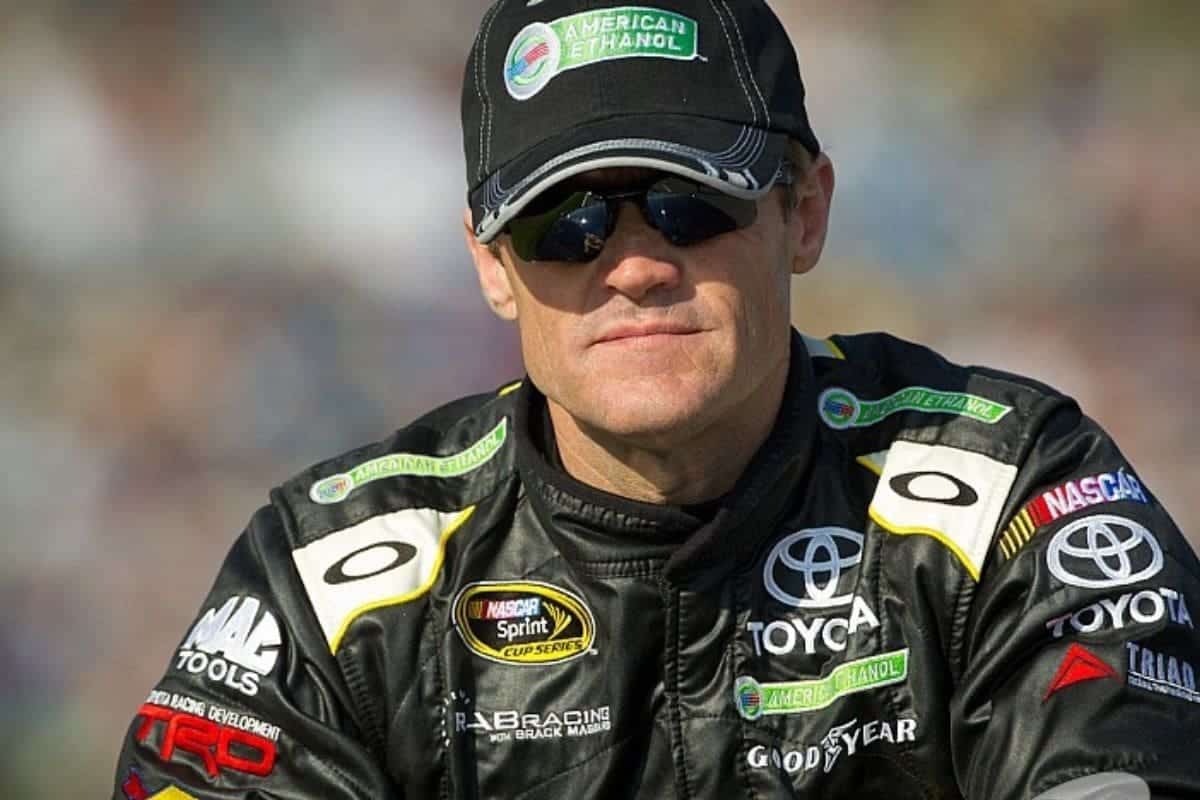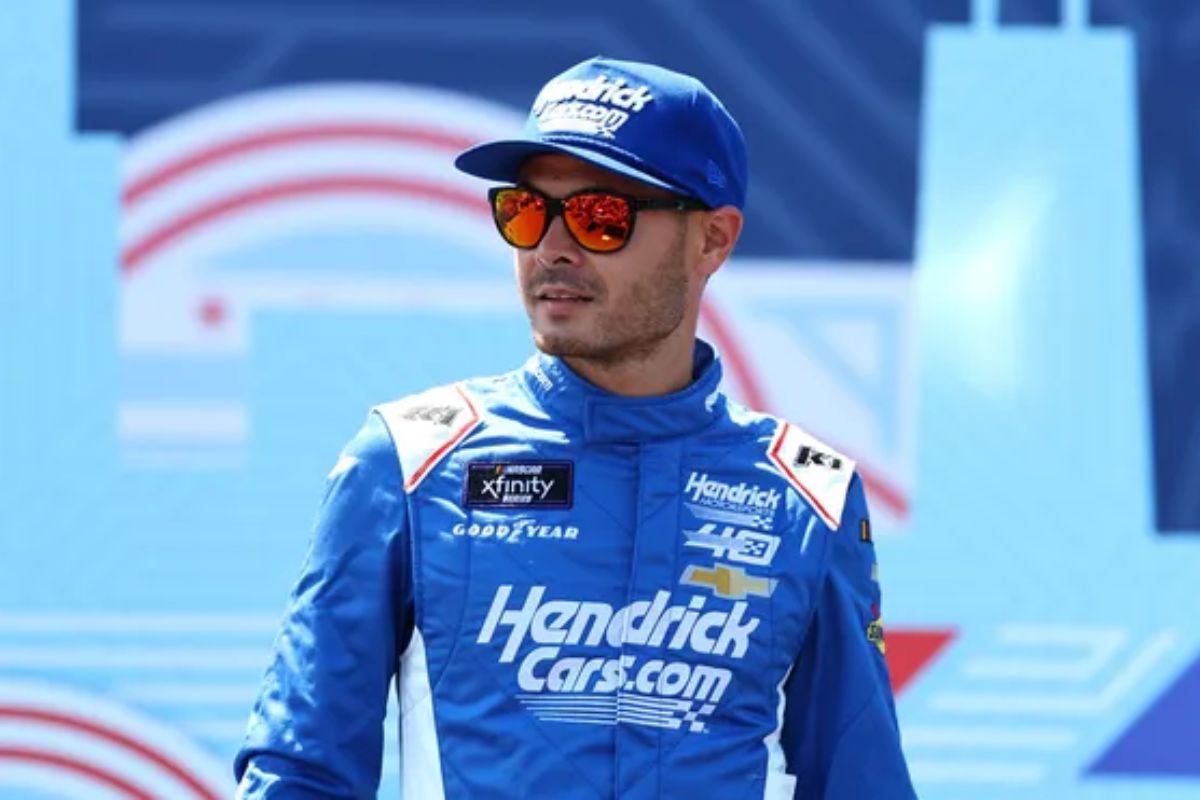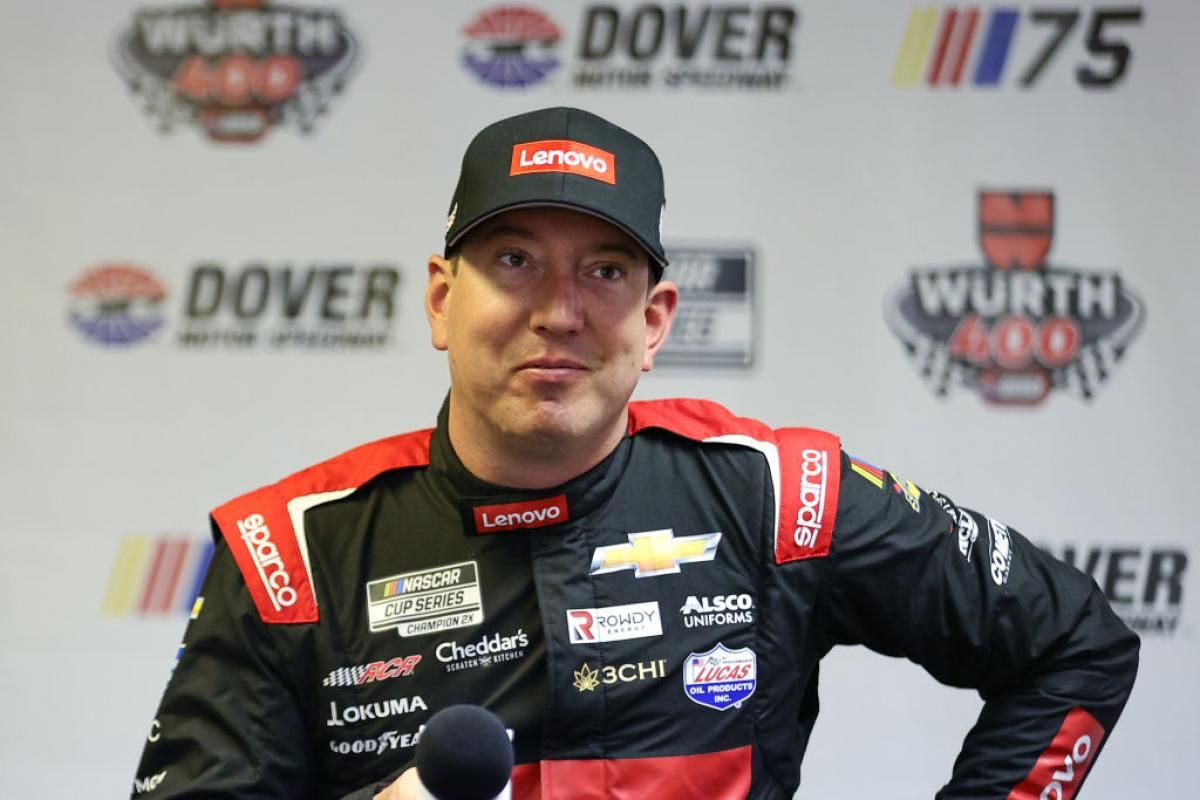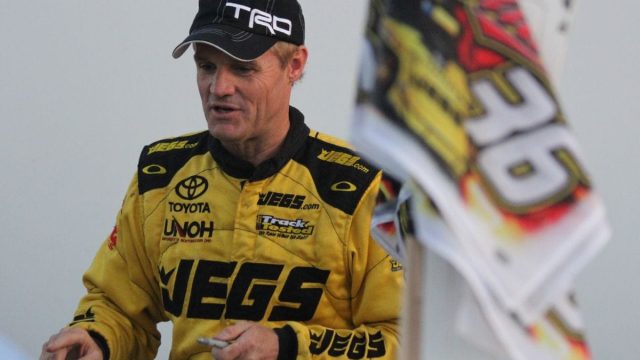Kenny Wallace Criticizes NBC Sports regarding their blackouts during the Indy Cup race and raises important questions about the prioritization of live sports coverage. The timing of the blackout, coinciding with President Biden’s candidacy announcement, has sparked outrage among fans who felt sidelined during vital racing moments. Wallace argues that uninterrupted coverage is fundamental for maintaining viewer engagement, pointing to the frustrations surrounding access to key events. This criticism highlights broader concerns about network practices in live sports broadcasting, prompting a closer examination of how such decisions impact fans and the sport’s visibility. What implications could this have for future broadcasts?
Key Highlights
- Kenny Wallace criticized NBC Sports for blackouts during the Brickyard 400, notably during key race moments and news events.
- Fans expressed outrage over NBC prioritizing news coverage over live sports, impacting viewer engagement.
- The second blackout occurred during the race’s final stages, preventing audiences from witnessing crucial competition between Larson and Blaney.
- Wallace emphasized the need for uninterrupted coverage to enhance transparency and maintain viewer trust in motorsport broadcasting.
Kenny Wallace Criticizes NBC Sports Coverage
In a recent critique, NASCAR veteran Kenny Wallace expressed his dissatisfaction with NBC Sports’ coverage of the Brickyard 400, highlighting notable blackouts that disrupted the viewing experience during critical moments of the race.
“It is unfair of the people that are sitting with normal TV and they go, ‘Oh sorry we’re going to go over to the USA Network’, that is a b*tch, and I don’t like that. So there needs to be a rule made about that.” – kenny
These interruptions not only frustrated fans but also raised concerns about the network’s commitment to delivering thorough sports coverage. The initial blackout occurred early in the event when NBC opted to broadcast breaking news regarding President Joe Biden‘s announcement about his presidential candidacy, effectively sidelining the race for an unanticipated political update. Such a decision, while relevant in its own right, sparked outrage among fans who felt that the channel prioritized news over the live sporting event.
The subsequent blackout transpired during the race’s climactic final stages, just before the double overtime, when Kyle Larson and Ryan Blaney were engaged in a fierce battle for the win. This timing proved particularly detrimental, as the race was reaching its zenith, a moment that is often critical for both viewers and participants. The abrupt cut-off not only undermined the viewing experience but also left fans scrambling for updates, which were only provided through a post on NASCAR on NBC’s social media platforms.
Coverage of the #Brickyard400 is on USA Network.
We're in double overtime when the red flag is lifted.
— NASCAR on NBC (@NASCARonNBC) July 21, 2024
Wallace’s critique serves as a reminder of the delicate balance networks must maintain between news coverage and live sports. As NASCAR continues to evolve, the importance of uninterrupted coverage cannot be overstated, as it is crucial for maintaining viewer engagement and loyalty.

Kenny Wallace’s Critique on Network Switching
Kenny Wallace further articulated his concerns by addressing the problems associated with network switching during live broadcasts, emphasizing the negative impact on viewers who may not have access to multiple channels. His critique highlights a fundamental issue in sports broadcasting: the accessibility of content. Wallace argued that shifting a race from one network, such as NBC, to another, like USA Network, creates unnecessary barriers for fans. Many viewers rely on basic cable packages that may not include all available channels, consequently alienating a segment of the audience.
Wallace’s statement, “If you start the race on NBC, it’s gotta finish on NBC,” emphasizes his call for consistency in broadcasting. Such a policy would guarantee that fans can follow the entirety of the event without interruption, thereby enhancing the viewer experience. He pointedly noted that the abrupt shift is particularly frustrating for those who are not equipped with the technology or subscriptions that allow them to access multiple networks seamlessly.
“If you start the race on NBC, it’s gotta finish on NBC. Moving over to these other networks, not everybody got the same. Not everybody got what they need to have.”- kenny
This concern extends beyond mere inconvenience; it raises questions about fairness and inclusivity in sports broadcasting. Wallace advocates for a rule that would mandate continuity in network coverage for events like the Indy Cup race. As the landscape of media consumption continues to evolve, the need for equitable access to broadcasts becomes increasingly critical.
Kyle Larson’s Victory and Final Race Results
Kyle Larson secured a commanding victory at the Indianapolis Oval, leading an impressive 167 laps and demonstrating his dominance throughout the race. His performance not only showcased his driving skill but also reinforced Hendrick Motorsports’ competitive edge in the NASCAR Cup Series. Larson’s tactical maneuvers and consistent pace allowed him to maintain a substantial gap over his competitors, ultimately culminating in a well-deserved win.
The race concluded with Tyler Reddick of 23XI Racing finishing in runner-up place, an impressive feat that highlighted his ability to adapt and compete at high stakes. Meanwhile, Ryan Blaney, the recent Pocono race winner, secured a bronze position, proving himself to be a formidable challenger despite the constraints of the event’s time limit and network switching that impacted the final stages of the race.
Key highlights of Larson’s victory include:
- Unyielding Pace: Larson’s ability to lead for the majority of the race exemplified his skill and focus under pressure.
- Tactical Positioning: His strategic decisions throughout the race allowed him to fend off challenges from competitors effectively.

Kyle Busch’s Incident and Race Outcome
A notable incident involving Kyle Busch occurred during the Brickyard 400, where his attempt to pass Denny Hamlin resulted in a collision that ultimately impacted his race outcome. As the race approached its finale, Busch, who was running in sixth place, attempted to maneuver around Hamlin with just three laps remaining. However, the contact led to Hamlin being spun out into the wall, causing a considerable disruption in the race dynamics and resulting in an overtime finish.
The consequences of this incident were substantial for Busch. He finished the race in 25th position, a pronounced contrast to his earlier placement and a setback in his quest for playoff qualification. Below is a breakdown of the key elements surrounding the incident:
This incident not only reflects Busch’s aggressive racing style but also highlights the delicate balance of risk versus reward in high-stakes situations. With the playoffs looming, every position counts, making this collision even more detrimental to his season aspirations.

Kenny Wallace’s Opinion on Kyle Busch’s Performance
Insightful analysis from Kenny Wallace suggests that Kyle Busch possessed the fastest car during NASCAR’s return to the Indy Oval, positioning him as a strong contender for victory prior to the controversial incident. Wallace’s assessment highlights the potential that Busch had to secure a win, which was abruptly altered by unforeseen circumstances. His remarks underscore the importance of planning and execution in racing, particularly at a venue as challenging as the Indianapolis Motor Speedway.
Wallace noted, “Kyle Busch’s bus was the fastest car. He was going to come winning anyway.” This statement reflects his belief in Busch’s capabilities and the car’s performance.
“Kyle Busch bus was the fastest car. He was going to come winning anyway. Those boys were out there on fuel miles, they was up front on fuel miles. Kyle pitted, and he was the fastest car.” – kenny
The following factors further emphasize the critical nature of this moment:
- The tactical pit stop made by Busch, which showed his team’s foresight and planning.
- The fuel mileage tactics employed by competitors that kept them at the front, contrasting with Busch’s speed.
In this context, Wallace’s insights reveal a layered understanding of NASCAR dynamics, emphasizing that performance alone does not guarantee success. Busch’s speed was evident, but race conditions and decision-making ultimately played decisive roles.
News in Brief: Kenny Wallace Criticizes NBC Sports
Kenny Wallace’s criticism of NBC Sports highlights considerable concerns regarding network blackouts during major racing events, such as the Indy Cup race.
The disruption of coverage, especially during key moments, emphasizes the necessity for improved communication and tactical planning by networks to guarantee uninterrupted access for viewers.
The backlash from fans reflects a broader discontent with how live sports are prioritized, stressing the importance of maintaining viewer engagement during pivotal moments in racing.
Also Read: Kenny Wallace Blasts Male Drivers for Wrecking Female Racers
